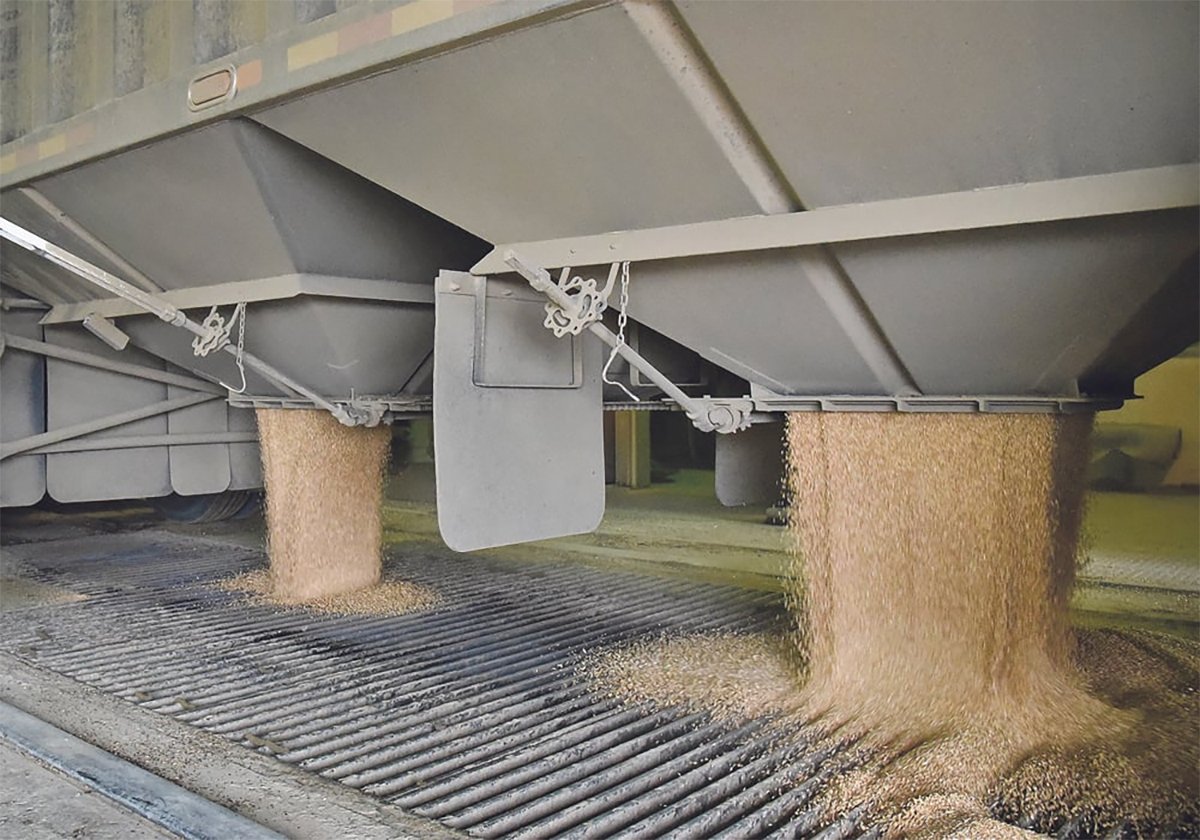Ladies and gentlemen, are you ready to rumble?
In this corner, wearing the coal black trunks, the enemy of the ages, the survivor of the centuries, the nastiest of nasties: anthrax.
And in this corner, wearing the true blue trunks, the tickler of technology, the master of this disaster, the most tenacious of the titans: science and those who use it.
It is a battle indeed for many Saskatchewan and Manitoba cattle producers who face the threat of an age-old enemy.
As Chris Clark of the Western College of Veterinary Medicine told a recent public meeting, anthrax is probably one of the oldest diseases known, and one of the most deadly to livestock.
Read Also

Worrisome drop in grain prices
Prices had been softening for most of the previous month, but heading into the Labour Day long weekend, the price drops were startling.
Clark suggested anthrax dates back to the time of Moses, citing biblical references to the plague of boils that affected the Egyptians. It is also described in texts from ancient Greece and ancient Rome, said Clark. Virgil described it in about 200 AD, and in the 1600s, anthrax was known as the Black Bane.
It was the first disease proven to be caused by bacteria, by none other than Robert Koch. In the fight against this deadly disease, Louis Pasteur was ringman. He engineered a vaccine in 1881 and publicly demonstrated its use.
Anthrax can live in the soil for years, said Clark. It has been proven to survive for at least 60 years, given the right conditions, and might possibly survive up to 200 years. It has been used in biological warfare and feared for the swift death it can bring.
Clark told the tale of Gruinard Island, a Scottish site used by Britain for an experiment into anthrax as a weapon. So successful was the test that the island was quarantined for 48 years before it was decontaminated and deemed safe for inhabitance.
Despite its fearsome reputation, anthrax can be treated with common antibiotics and prevented with a modified live vaccine. It doesn’t spread from animal to animal, but through animals’ ingestion of contaminated soil. Fortunately, risk to humans is negligible; most human cases are of the skin variety, said to be nearly painless and highly treatable.
We know a lot about this age-old enemy but that is of little comfort to those who have lost animals to anthrax and face the spectre of more as summer goes on. Those producers have our sympathies and the admittedly small comfort of knowing that there’s nothing they could have done to predict this outbreak.
Historically, most North American cases of anthrax occur in July, August and September. So although we can’t expect to win this match by a knockout, it can be beaten over many rounds.














